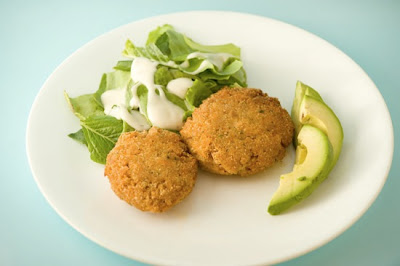[These instructions were originally posted on my previous craft blog, The Pink Sewing Machine. I'm moving some of the posts from there to here, so don't be surprised if this looks familiar to you.]
Here's how to make some very pretty stitch markers to use when you knit. If you're like me, you appreciate a little something extra to make your everyday activities a bit more special. These stitch markers are an easy way to put a smile in your crafting time!
But they're not *just* pretty - they're useful! They can be used to mark pattern repeats or to mark off groups of stitches on large projects to make counting stitches easier.
The easiest way of all to make stitch markers is to use jewelry toggle clasps (just the round part - we won't need the other half), pre-wired bead dangles, and a pair of needle-nosed pliers.
If you don't have jewelry toggles, you can use cabone rings. The disadvantages to using cabone rings is that you won't have the handy built-in loop to thread your bead wire through, and you won't be able to use the pre-wired dangles because the wire on them is cut too short to go around the cabone ring.
You can use head pins - my favorites are these with a decorative end - and some beads from your stash in place of the pre-wired dangles. You could also use strong sewing thread in place of the wire, sewing through the beads several times for strength. I've done it that way, too, but I prefer the wire.

If you're using the pre-wired beads, simply open the wire pin the beads are on, and thread it through the loop in the round part of the toggle. Close the wire using the pliers, making sure there is no sharp end to catch on your knitting. The packs of dangles I picked out had two styles of dangles on them, so I made two different sets. I can mix-and-match them or use them separately!
Not using the pre-made dangles? Thread your beads onto your wire head pins. Trim the excess wire, but be sure to leave enough to thread through the loop in the toggle (or to wrap around the cabone ring). Close the wire using the pliers, making sure there is no sharp end to catch on your knitting.
Notice there is one marker in this set that's bigger than the rest? That's for when I'm knitting a project on circular needles or double-pointeds. The larger marker marks the beginning of a new round, while the others mark the groups of stitches within the knitted piece itself.
See you again soon!
~ AlaskaGirl
















